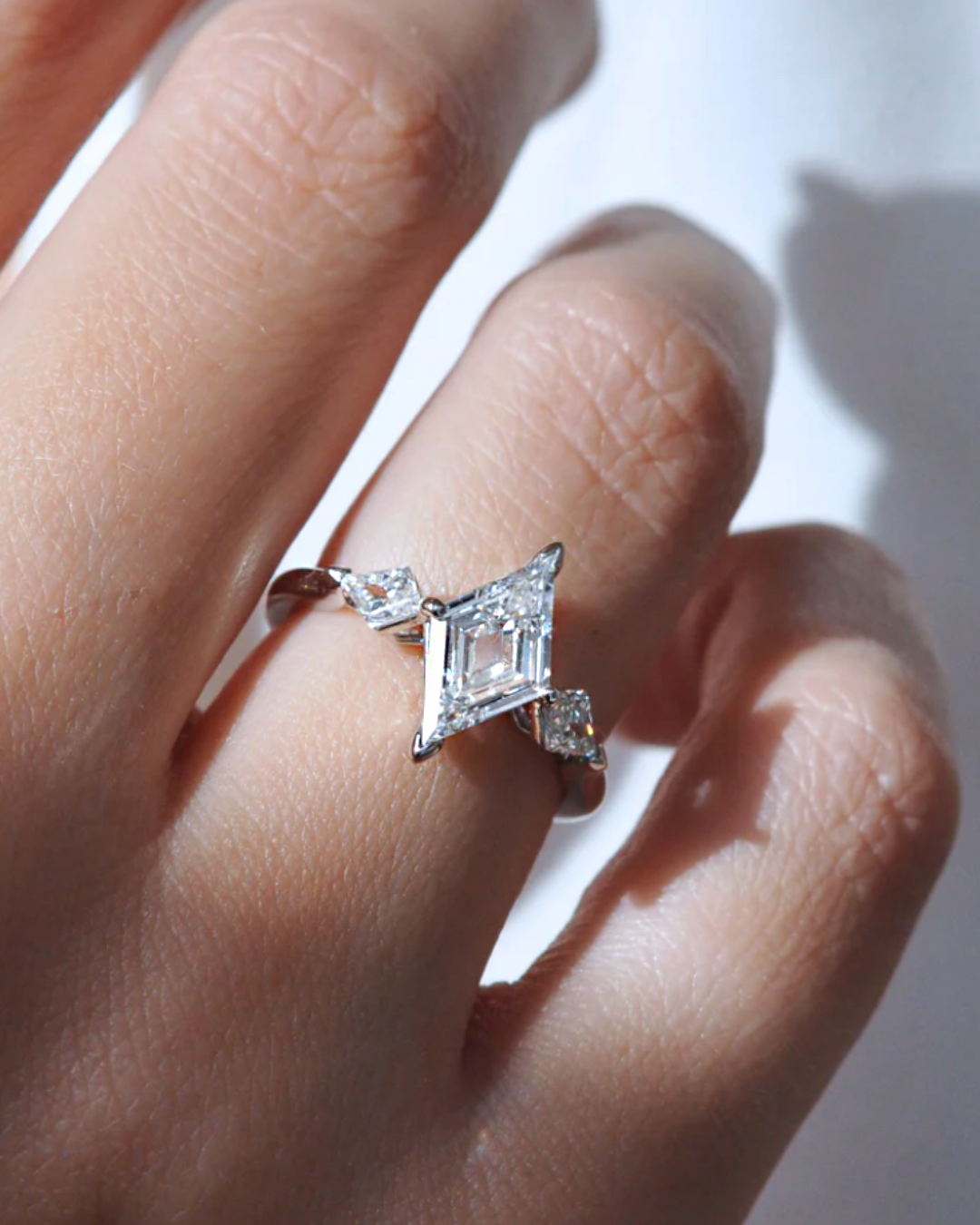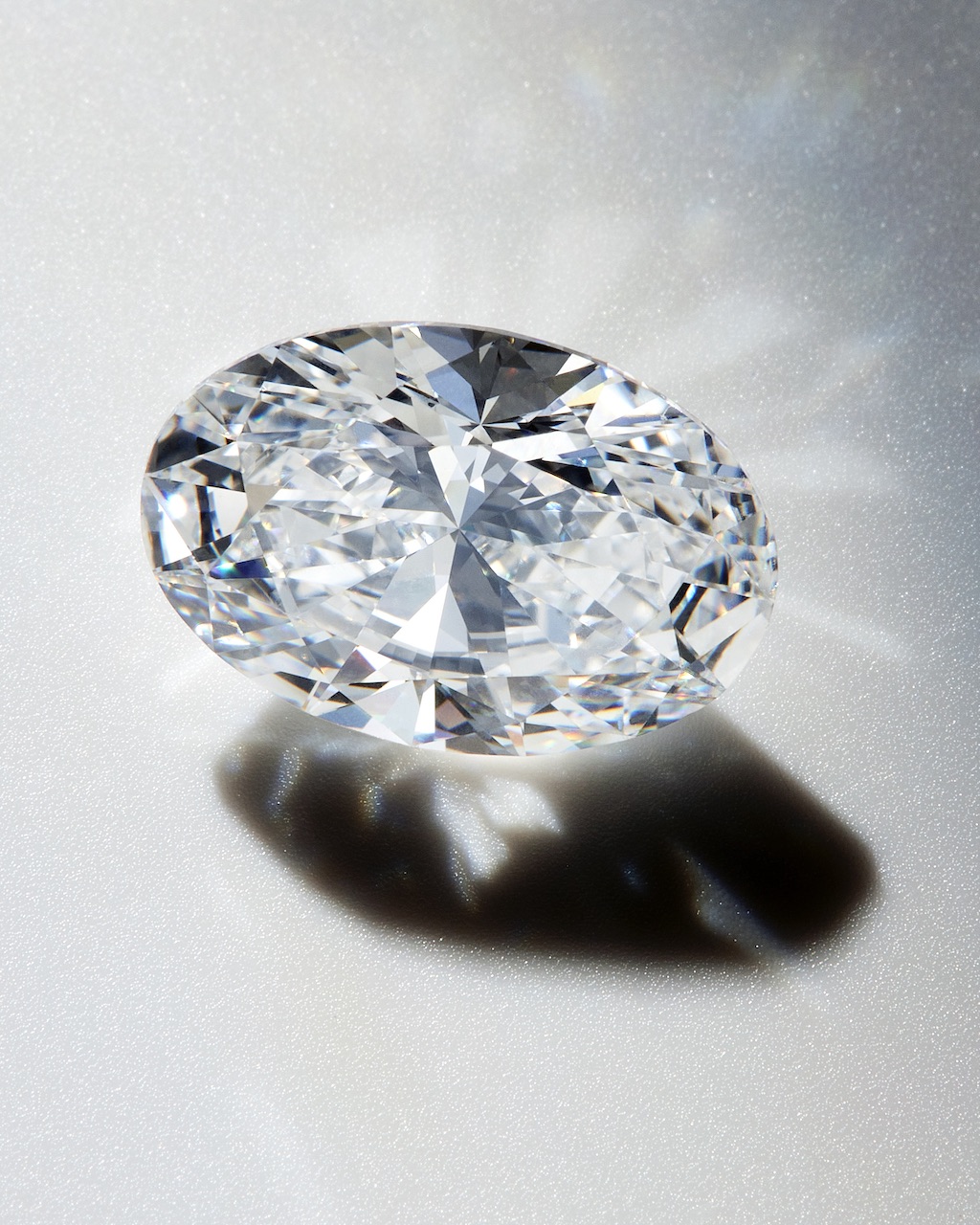Historic Diamonds
The $1M Mellerio Jardin des Rêves Pineapple Necklace Just Stole the Show at Versailles
By Kate Matthams Spencer, July 28, 2025
A masterpiece from the French heritage house Mellerio throws open the doors to the Palace of Versailles.
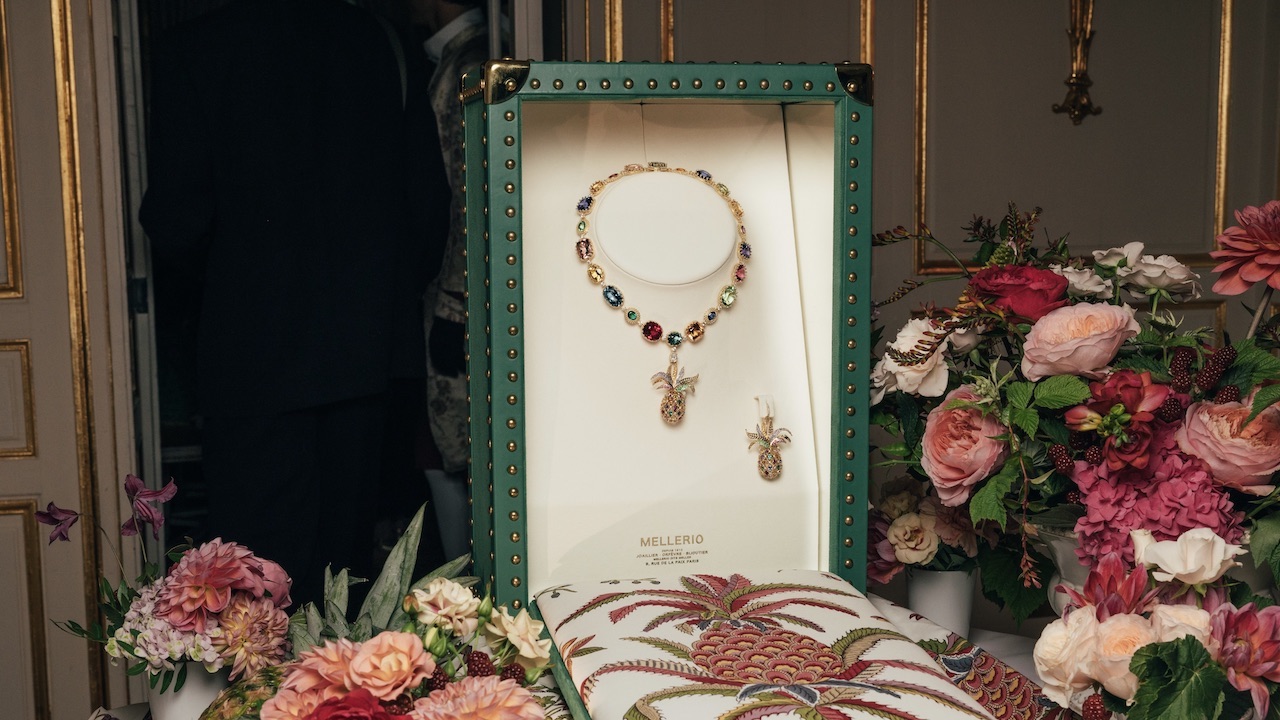
Le Grand Dîner at Versailles, unveiling the Mellerio Jardin de Rêves necklace (Courtesy of Mellerio)
The skies were darkening over the gardens of the Palace of Versailles as the last visitors left. Paris was sweltering under a heatwave, but despite the marked possibility of a summer storm, French jewelry house Mellerio had chosen to unveil its latest masterpiece on the Palace estate. And it couldn’t have been anywhere else; the Jardin des Rêves necklace was inspired by the lavish tastes of Marie Antoinette, one of Versailles’ most famous residents.
Meet the Experts

Laure-Isabelle Mellerio is the Chairwoman and Artistic Director of Mellerio, the oldest family-owned jeweler in the world. A 14th-generation member of the founding family, she brings centuries of heritage into modern high jewelry design with a focus on color, craftsmanship, and historical storytelling.

Christophe Mélard is the CEO of Mellerio, the historic French jewelry house founded in 1613. With a deep respect for tradition and innovation, he oversees the brand’s evolution while honoring its royal legacy and artisanal excellence.
The Mellerio Jardin des Rêves Necklace: A Tribute to Marie Antoinette
The gemstone necklace and single earring set, worth just under $1 million, is a joyful rendering of the pineapple motif, featured on the Grand Ananas tapestry. The woven Toile de Jouy wall covering in the former queen’s recently renovated private apartments is hidden behind a concealed door in her opulent state bedchamber. Linked to the necklace by a Mellerio-cut diamond, echoing the oval fruits and leaves in the tapestry, is a gem-studded gold filigree pineapple under a tangle of leaves.

The Maison’s archives play a big role in the design process in terms of cuts, settings, archive stone combinations and shapes.
“The Maison’s archives play a big role in the design process in terms of cuts, settings, archive stone combinations and shapes,” says Laure-Isabelle Mellerio, the current Chaiwoman and Artistic Director. “But it’s always the idea of color that shines through the ages.”
Marie Antoinette Was the Queen of France and the Pineapple Was the ‘King of Fruits‘
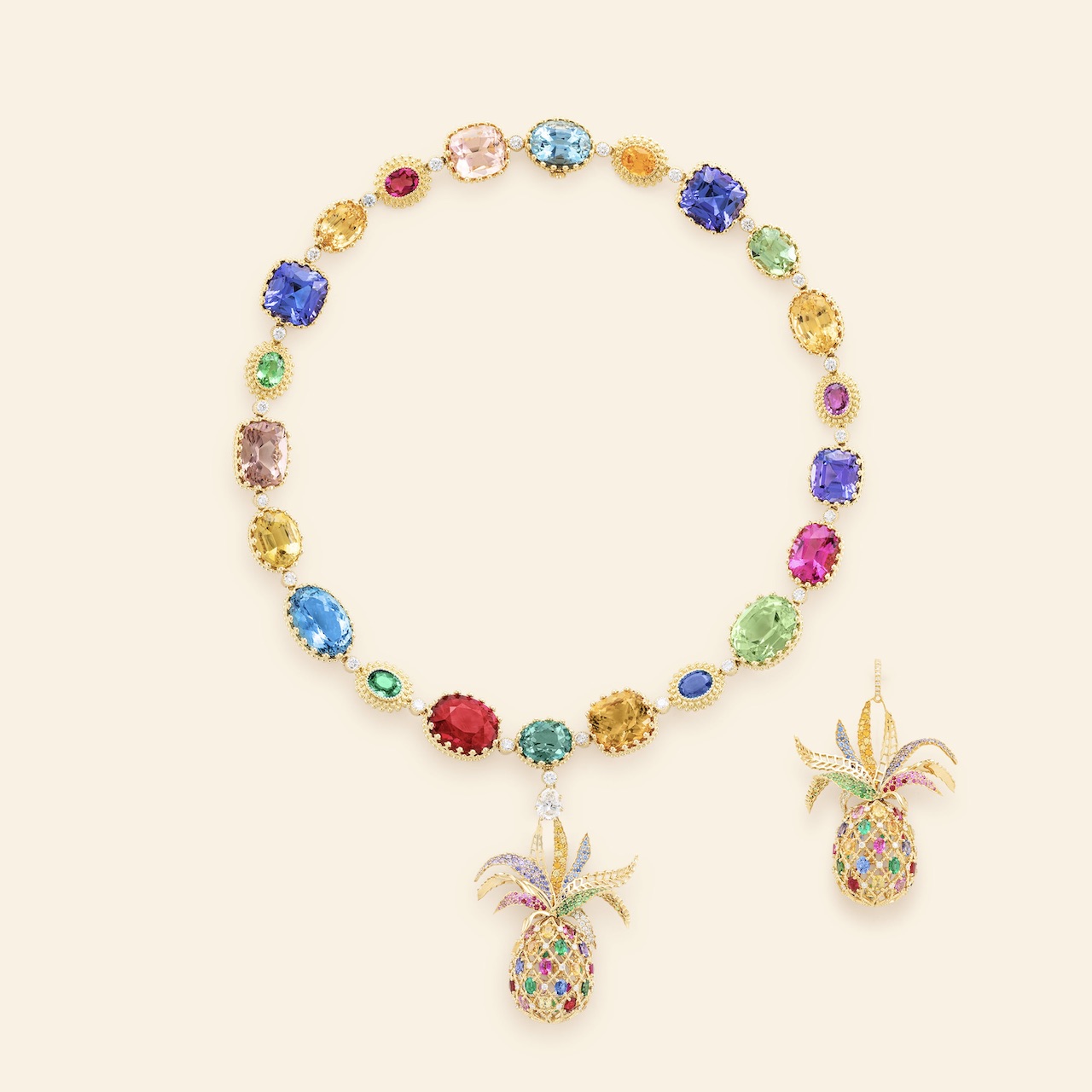
The 22 different hues in the wall covering inspired a choice of colored gems aligned with historical jewelry from the period; fiery rubellites, imperial topaz, regal sapphires, and many more are all millegrain-set into 18-karat gold. The parure took over 500 hours to make in the house’s Parisian workshops, and in the great tradition of convertible jewelry, the pineapple pendant can be removed and worn as an earring, completing the pair.
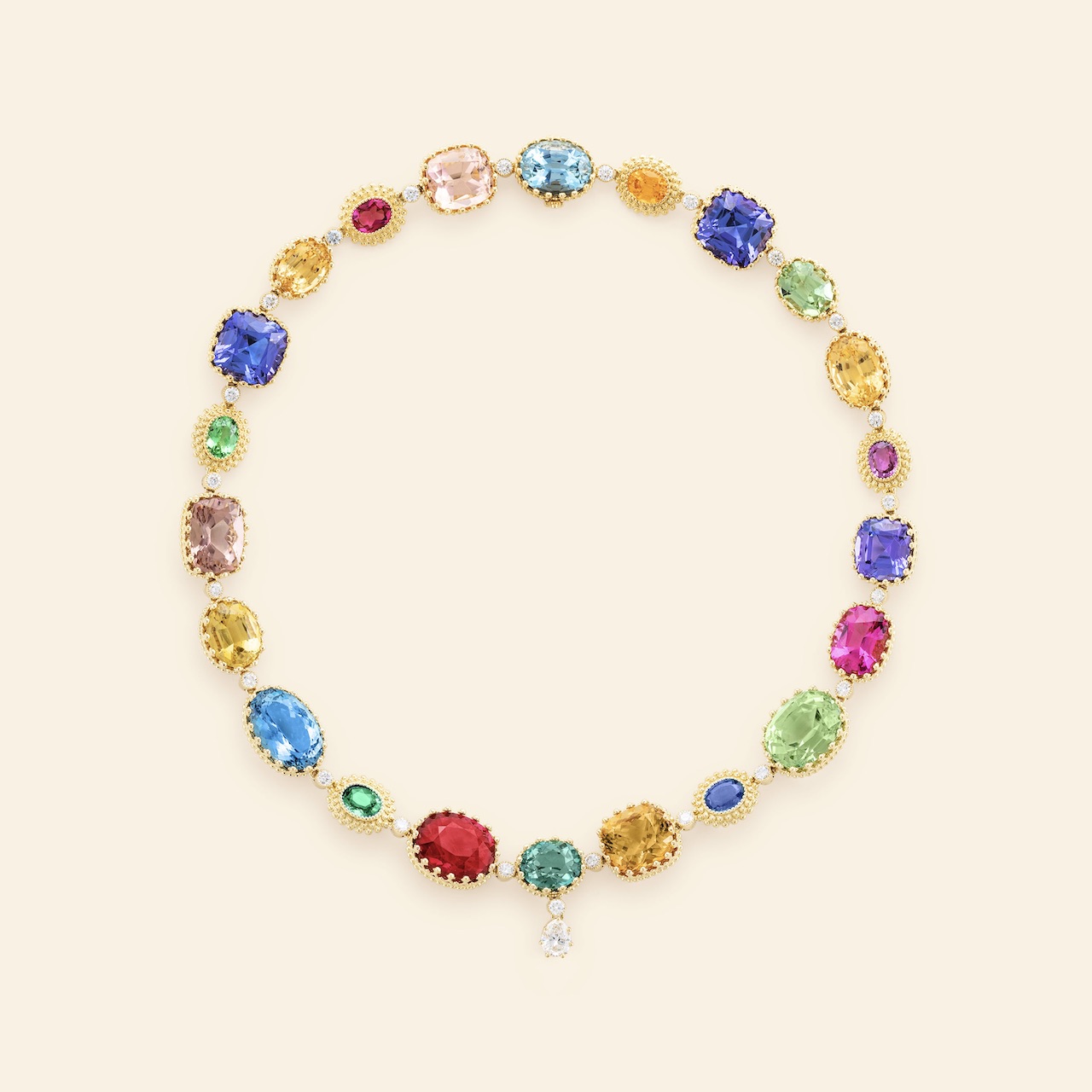
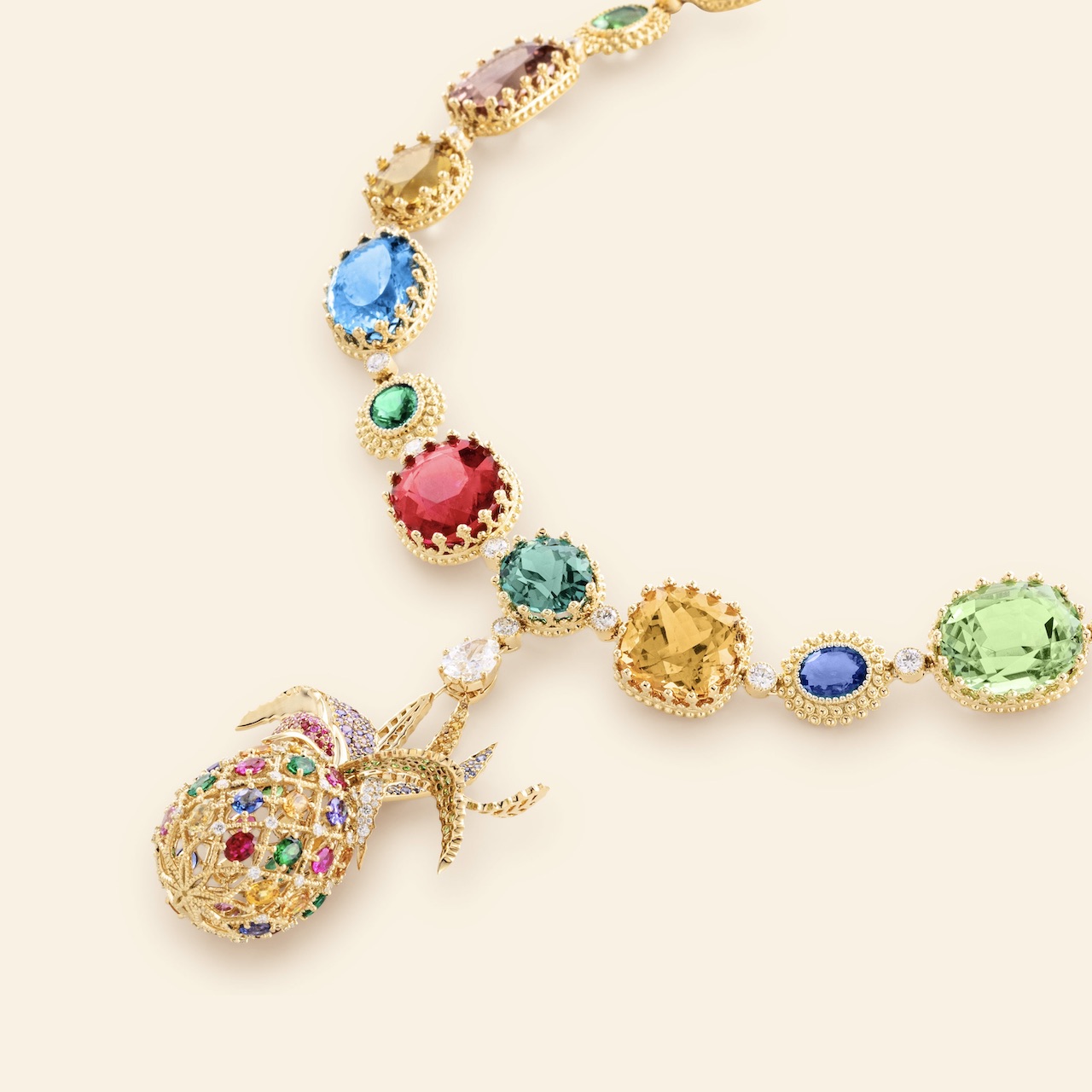
At the time, the pineapple was considered ‘King of Fruits’ and had recently been introduced to France, successfully grown for the first time on the Palace estate in 1733. The shape of the pineapple itself is taken from a painting by Jean-Baptiste Oudry on display in one of her boudoirs, and for Marie Antoinette, it was a symbol of refinement that recalled her own love of gardens and nature; a mark of the exquisite taste explored in the upcoming Marie Antoinette: Style exhibition at the Victoria & Albert Museum in London, opening September 20, 2025.
A Queen’s Favorite Jeweler: Marie Antoinette’s Legacy with Mellerio
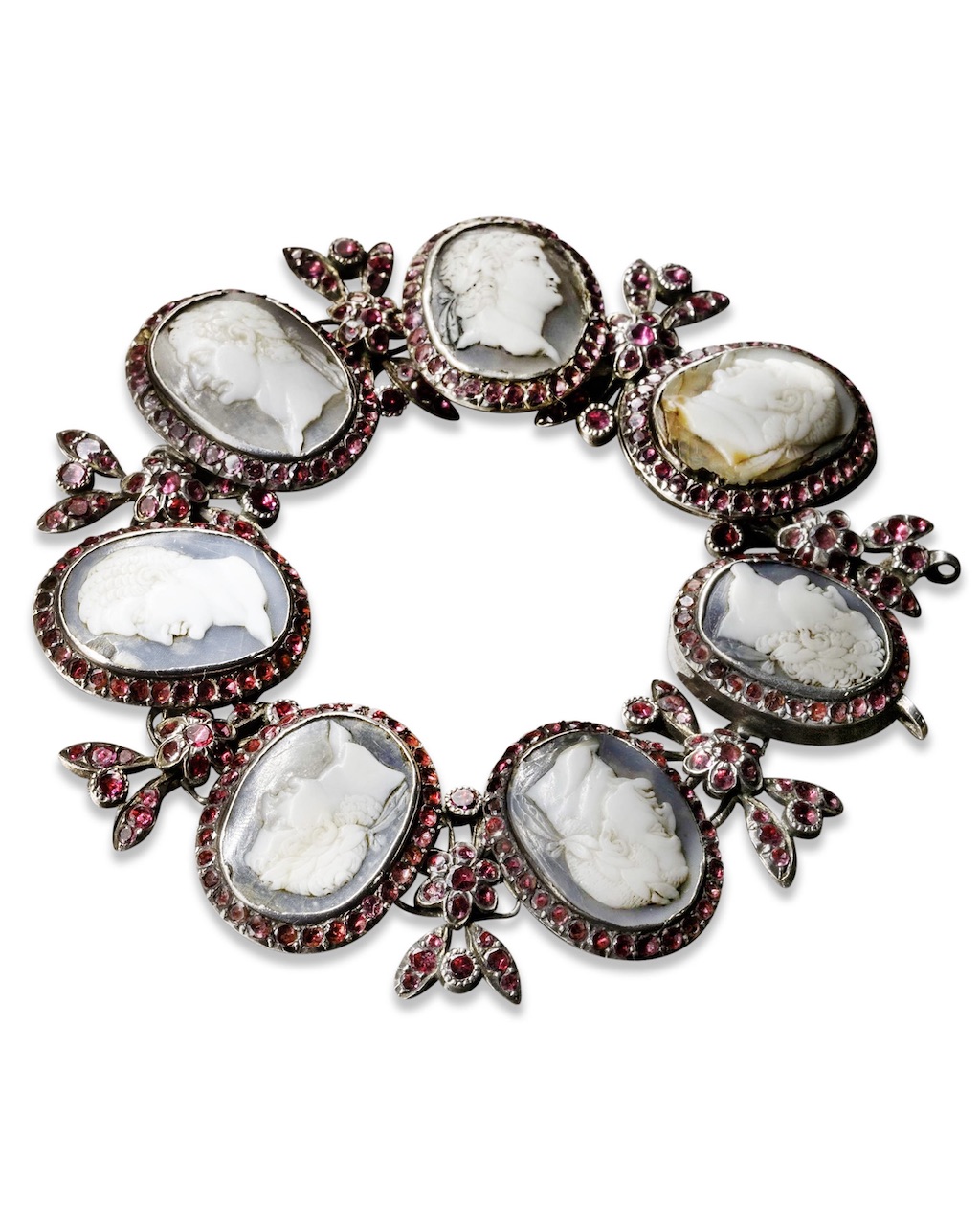

“We wanted to pay tribute to Marie Antoinette, one of the house’s earliest and most famous clients, in a new and more personal way,” said Christophe Mélard, CEO of Mellerio. “In stepping back in time, and behind the velvet rope of the State apartments into her own private space, we created a piece that speaks authentically to the times she lived in, using a motif familiar to the Queen, and techniques and settings that honor the centuries-old artisanship at the heart of the Maison. There was no better place to unveil it than Versailles itself.”
The house of Mellerio dates back to 1616, and Laure-Isabelle Mellerio belongs to the 14th generation of the founding family. Marie Antoinette bought her first Mellerio jewel, a cameo bracelet, from one Jean-Baptiste Mellerio in 1777 from his stall outside the Palace gates.
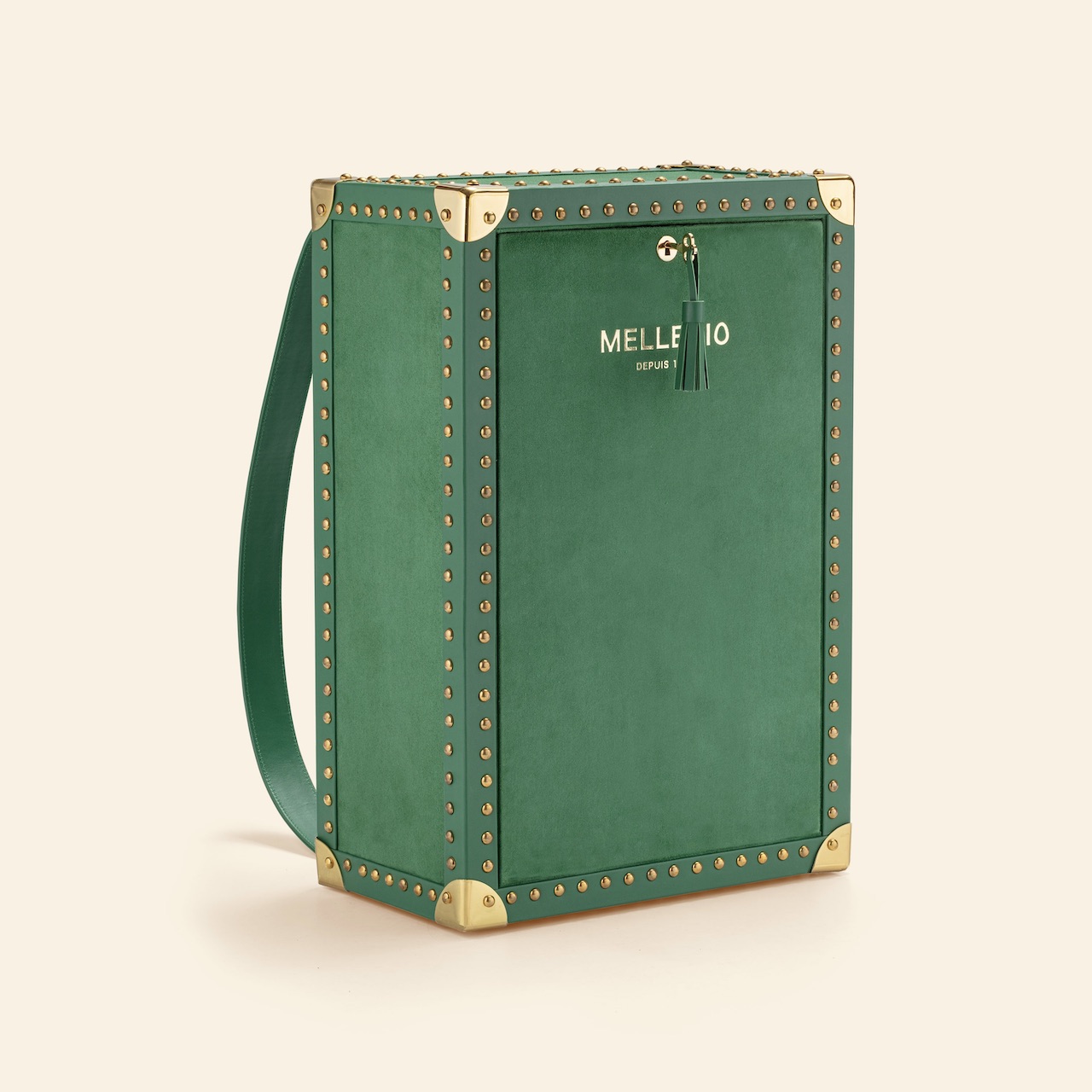

Jean-Baptiste went on to become a supplier to the French court, and the ‘marmotte’ trunk from which he sold his jewels is referenced in the case designed for the Jardin des Rêves necklace, in soft green suede, complete with shoulder straps.
As for the cameo bracelet, it’s now on display alongside other historic Mellerio jewels — like a diamond peacock feather brooch created for Empress Eugénie, in 1868 — at the house’s Rue de la Paix flagship, in Paris.
Mellerio’s Signature Diamond Cut Through the Ages
The peacock brooch and the Jardin des Rêves necklace share a common feature in the gentle oval of the Mellerio-cut diamond. It’s been a house signature for centuries and recalls the historic Beau Sancy diamond, which once belonged to Marie de Medici, who granted the Mellerio family a royal decree to do business.
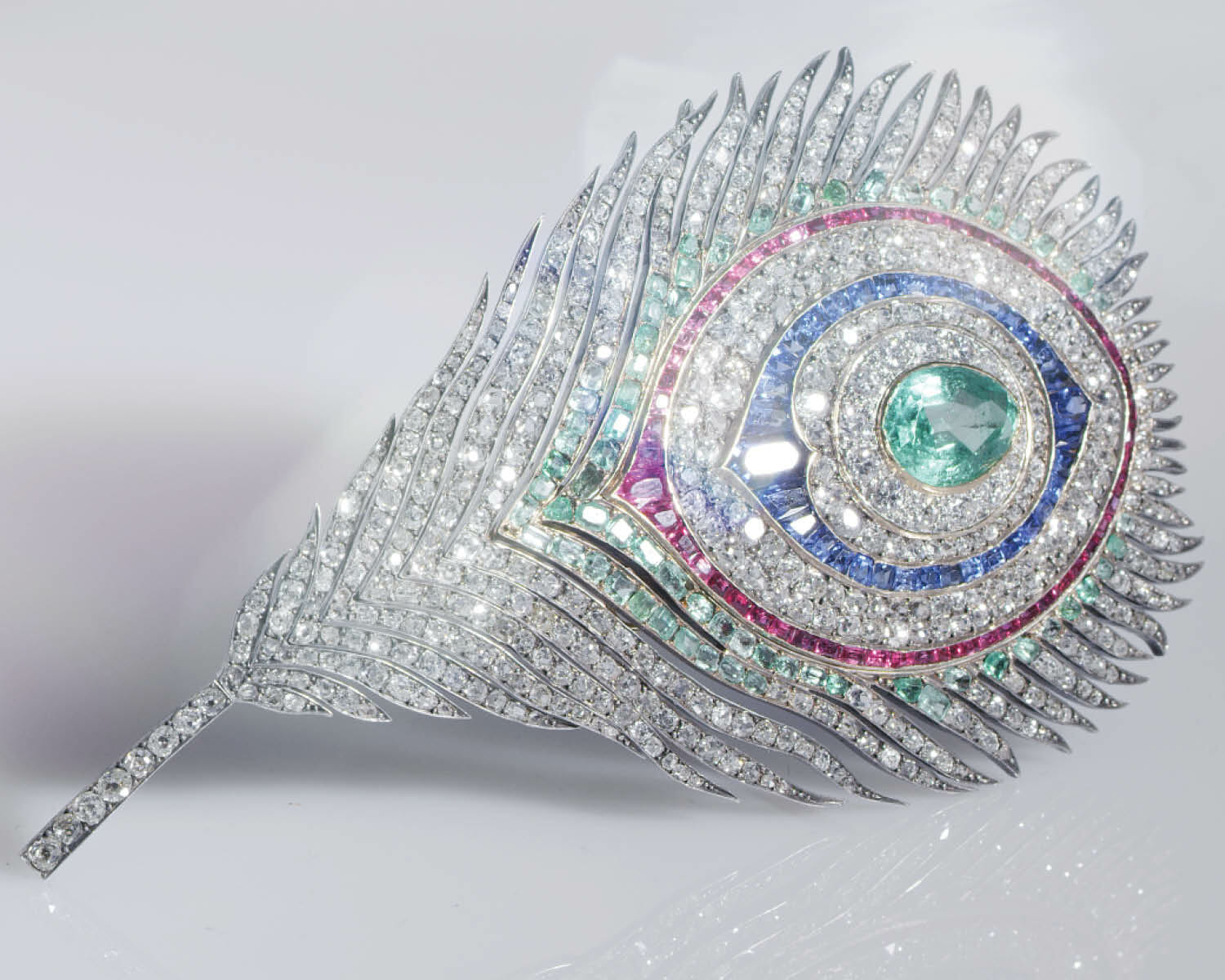
“Over the centuries, it has always found a place in our collections,” says Mélard. “From cuts found in Restoration jewels and the peacock feather brooch made for Empress Eugénie, wife of Napoleon, in the 1860s, to Art Nouveau jewels during the Belle Époque, and now as details in our modern pieces, like the Pierreries necklace launched in Paris in July. Today, Mellerio watch faces are modeled on the same shape, in honor of our history.”
That ability to bring centuries of history into contemporary jewelry is what Mellerio is all about. At Couture Week in July, the Jumbo Charms line got an addition honoring Empress Eugénie’s peacock feather brooch, while a nearby necklace referenced a painting by Raphael. The resulting jewels are clean and modern, ready to pair just as beautifully with jeans and a T-shirt as a ball gown. But as the evening sun illuminated the Hall of Mirrors back at Versailles, one could almost imagine the rustle of skirts, a glimpse of a pompadour, and the glint of a bejeweled pineapple at a royal throat.

